Ask Ethan: Why Don’t We Put Particle Detectors In Space?
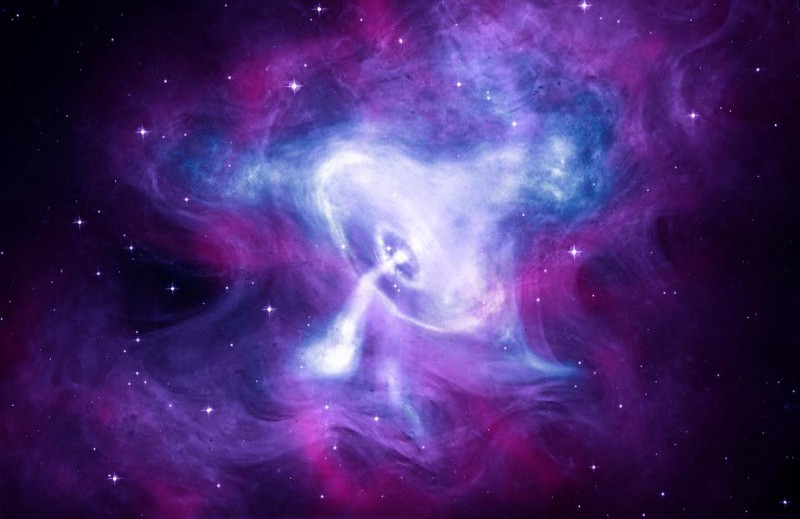
The highest-energy particles of all come from space, not human-made colliders.
When it comes to the most energetic particle collisions of all, you might think that the Large Hadron Collider is the ultimate place to go. After all, that’s what it’s specifically designed to do: to accelerate particles, in a controlled fashion, to the highest energies and greatest speeds possible, and then to collide them with one another at specific “collision points,” where we’ve set up detectors to monitor the properties of everything that comes out.
With sufficiently sophisticated equipment — pixel detectors extremely close to the collision point, calorimeters to monitor the energy and momentum carried by the particles, magnetic fields to cause particles to curve based on their electric charge and mass, etc. — we can reconstruct whatever resulted from that collision at every moment along the way. Every once in a while, via Einstein’s E = mc², novel, unstable, rare particles get created, enabling us to discover them and measure their properties. But there’s a fundamental limit to what we can see at a collider, and that limit is set by the maximum achievable energies of the particles being accelerated. Yet there’s a conceivable way to overcome those limits: to simply send a detector to space. Would that work? That’s the question of Mel Neville, who writes in to ask:
“Is it possible to put a particle detector in space? I think I have heard there are natural particles with energies much higher than the LHC or Future Collider. Could it be possible to monitor when they happen to hit an orbiting target and detector to look for new physics? Like a “Hubble” particle detector? Or maybe on the moon?”
Not only is it possible, but there’s a history here that goes back farther than you might expect. Here’s what we can learn about particle physics from the Universe itself.

The first clue we had was from a simple, early experiment performed with electric charge: the electroscope. An electroscope is a straightforward device where an insulated exterior surrounds a vacuum-filled chamber, where the only thing present inside the chamber is a conductor with two metal leaves attached to it, with the conductor extending to outside of the chamber itself. When the conductor is grounded, or otherwise placed into an uncharged state, the two metal leaves only experience the force of gravity, and so they hang straight down.
If you place an electric charge on the conductor, however, the metal leaves charge up with the same like charge, and so they repel. As long as you left it alone, you’d fully expect that the charge would remain on the conductor, and the leaves would remain in that same electrostatic configuration: they maintain their charge, and so they continue to repel.
But what we saw, when we did this experiment, presented a bit of a surprise. Yes, the leaves charged up and repelled, but then they slowly discharged over time. Even if you placed the entire apparatus in a vacuum, removing the air entirely, it still discharged. Somehow, something was causing this charge to dissipate, and it wasn’t coming from the surrounding air.

One possibility was that there was some sort of radiation striking the electroscope. Although the leading theory was that rocks from the Earth were emitting radiation, another possibility was that radiation was impacting Earth from space. So long as this radiation consisted of charged particles, it could effectively “neutralize” any charged object over time. To test this, Austrian physicist Victor Hess decided to do something incredibly ambitious: to take balloon-borne flights as high up into the atmosphere as he could, and to measure the atmospheric radiation at various altitudes.
If the radiation was coming from the ground, electroscopes should discharge more slowly at higher altitudes. If the rate was unchanged, however, that would indicate the radiation must be originating from space. Hess’s first flight, in 1911, reached ~1100 meters, where he found effectively no change in the level of radiation compared with the ground. His next hunch was that the Sun might be the source of this radiation, so he ascended, on April 17, 1912, to an impressive altitude of 5300 meters, during an eclipse of the Sun. Once again, there was no change in the level of radiation observed, indicating that it was coming from space, and not from the Sun.
Hess had just demonstrated the existence of high-energy cosmic particles coming from beyond the Sun in space: cosmic rays.
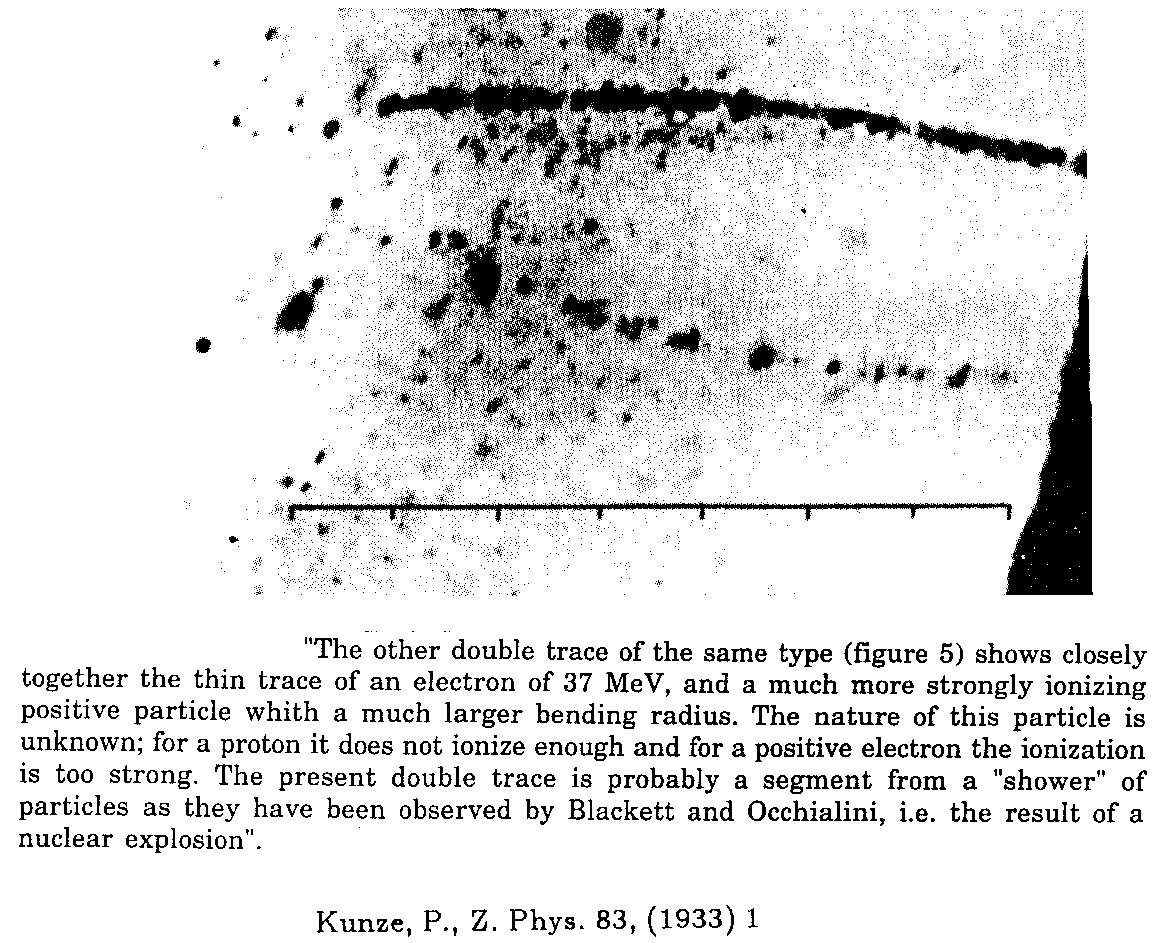
There’s a difference, however, between detecting an effect arising from particles that must be present and directly detecting and measuring the properties of those particles directly. Following up on Hess’s work, physicists subsequently constructed early detectors that would measure and characterize whatever particles struck them. The earliest strategy was to set up an emulsion that would be sensitive to charged particles, where whenever a charged particle passed through it, a track would be left. By placing a magnetic field around the entire detector, you’d ensure that charge particles would bend, with the amount of bending dependent only on
- the particle’s charge-to-mass ratio,
- its velocity,
- and the strength of the magnetic field you applied.
The emulsions, initially, revealed that over 90% of cosmic rays were actually protons, with most of the rest being heavier atomic nuclei, like alpha particles (helium-4 nuclei). A little later on, physicists also developed the cloud chamber, which turned out to be a superior device for measuring particle tracks in a laboratory setting to the older emulsion technology. In the 1930s, both methods paid off as two unexpected discoveries occurred. In 1932, using a cloud chamber in his laboratory, Carl Anderson discovered a positively charged counterpart of the electron: a positron, which had an identical track to the electron but curved in the opposite direction. The next year, Paul Kunze saw a mysterious track that curved just like an electron, but far less: with a different charge-to-mass ratio. He called it, “a particle of uncertain nature.” In 1936, Anderson and his student, Seth Neddermeyer, recreated it in the lab, revealing the nature of the muon for the first time.
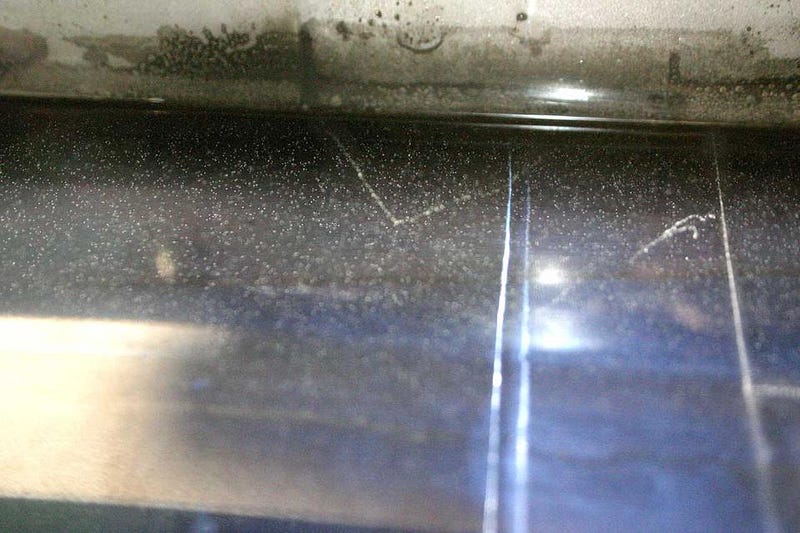
Physicists quickly realized what must be happening. Even though the overwhelming majority of these cosmic rays were protons, the uppermost layers of the atmosphere provide an unwitting target: where these cosmic particles are no longer traveling through the vacuum of space, but are traveling through a medium where they can strike other particles. With energies ranging from a few mega-electron-volts (MeV) up to — at the time, beyond the limits of even the highest energies that could be measured — these atmospheric collisions would result in a “shower” of daughter particles, including anything that could be energetically made via Einstein’s E = mc².
This realization opened up a number of fascinating applications to study not only cosmic rays, but the very nature of the Universe. By building particle detectors on the ground, we could detect the products of these cosmic ray showers and attempt to reconstruct what happened at the top of the atmosphere. By looking for Cherenkov light, or blue/ultraviolet electromagnetic radiation emitted by relativistic particles traveling faster-than-light in a medium (like the atmosphere), we can reconstruct the initial energy of the incident cosmic ray. And, if we place a detector all the way into space, we can, just maybe, detect these fast-moving particles as they are traveling through the Universe, before they ever interact with our atmosphere and begin to shower.
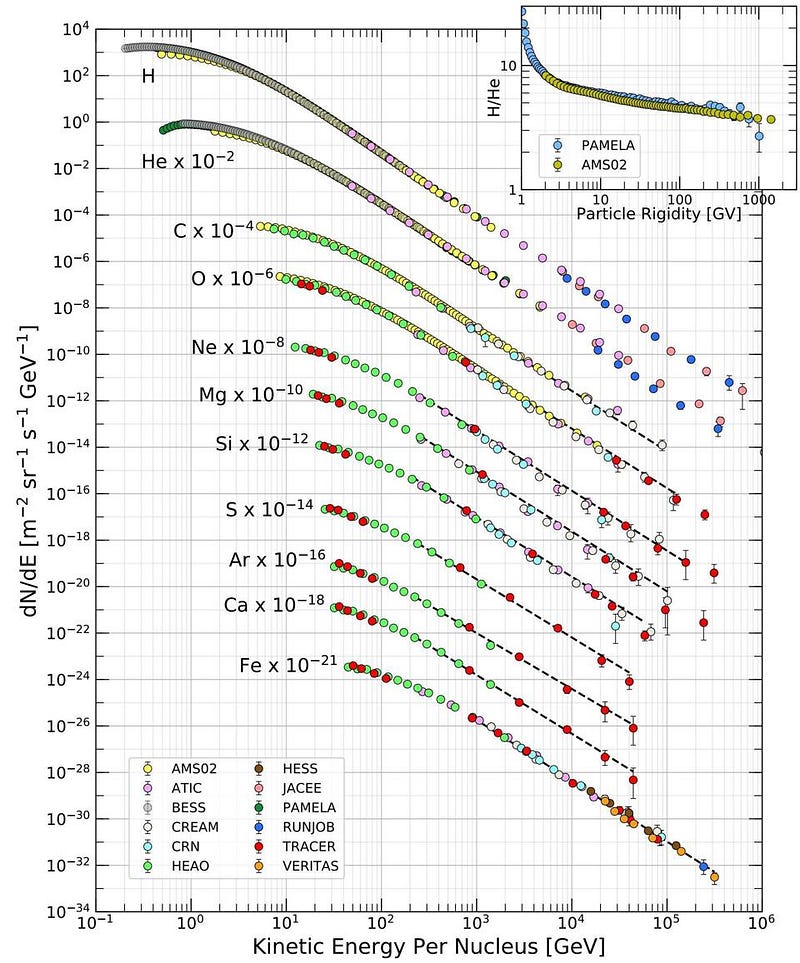
All three of these have been leveraged in recent decades, revealing a fascinating picture of cosmic rays. We’ve discovered that, although there are cosmic particles originating from the Sun — in the form of the solar wind — the majority of cosmic rays come from all over the sky, and come equally from all directions to ~99.9% precision. Although the majority are protons, and the majority of the remainder are helium-4 nuclei, it turns out that there’s a wide spectrum of atomic nuclei that make up cosmic rays, including carbon, oxygen, and a wide variety of (mostly) even-numbered atomic nuclei, going all the way up to iron, which comprises some of the rarest but most energetic cosmic rays.
From going to space and taking direct measurements there, we’ve also discovered that there are some exotic species of particles that make up some of the cosmic rays. Although around 99% of all cosmic rays are protons or other atomic nuclei, about 1% are electrons, a small but non-negligible fraction are positrons — the antimatter counterpart of electrons — and some are even anti-protons. Neutrinos are copious, but very difficult to detect; nonetheless, detectors like IceCube have seen and measured their presence.
Searches for heavier anti-nuclei, like anti-helium, have so far come up empty, as have searches for unstable cosmic rays like muons. The ones we see coming down from the skies on Earth must be generated exclusively by atmospheric showers.
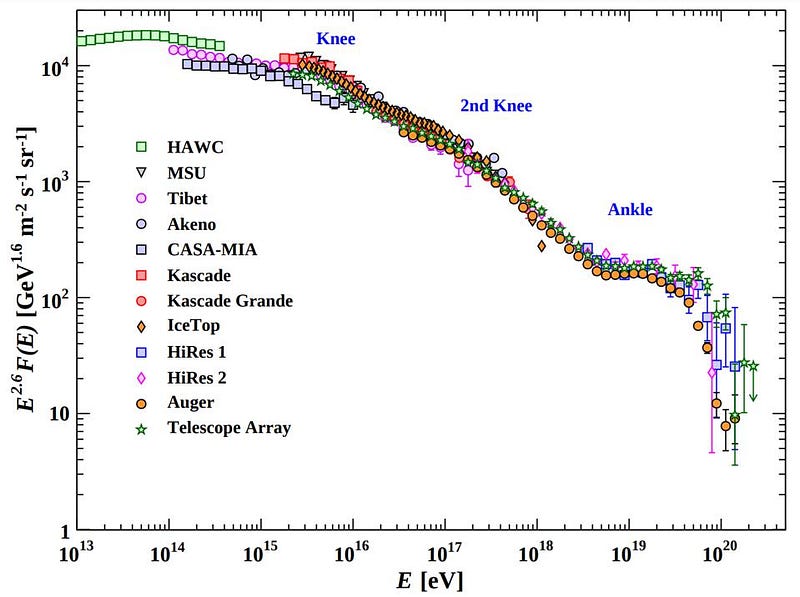
We’ve also been able to measure, largely from large-area arrays of ground-based detectors, the energy of incoming cosmic rays. It’s true that most of them are on the relatively low end, energetically, compared to what we can achieve at particle accelerators. Most cosmic rays have an energy of one giga-electron-volt (GeV) or less, whereas the Large Hadron Collider can reach energies of up to ~7,000 GeV per particle, a threshold that fewer than 1-in-a-million cosmic rays will cross.
But cosmic ray energies, although the flux of the most energetic particles remains low, can reach to far greater values than any terrestrial accelerator. In fact, the highest cosmic rays ever to be measured are in excess of ~10¹¹ GeV (per proton-or-neutron in the nucleus), or more than ten million times as energetic as anything we can generate in a collider. Of course, these ultra-energetic particles — the ultra-high energy cosmic rays (UHECRs) — are extremely rare; you’d need to build a detector that was 10 kilometers on each side just to detect one UHECR per year. Nevertheless, with our largest and most sensitive cosmic ray observatories, we’ve confirmed that they do exist up to approximately this energy, although not significantly beyond it.
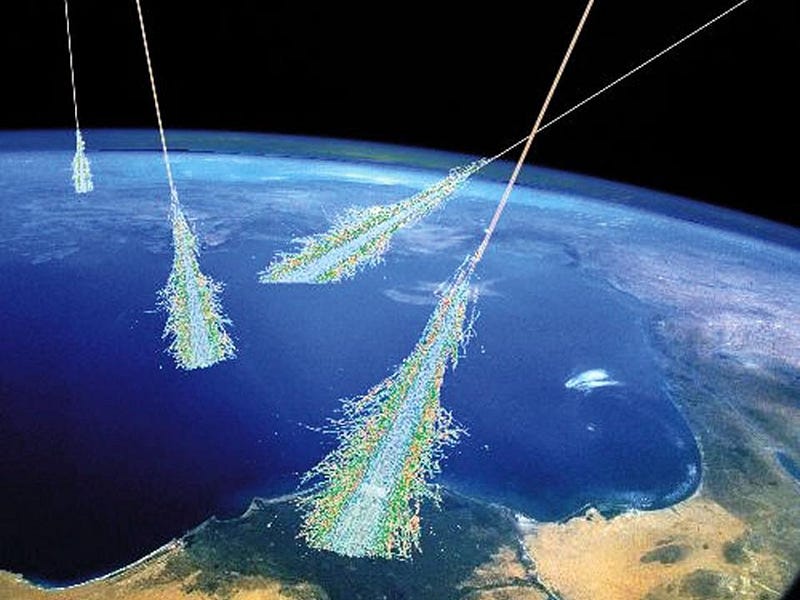
With all of this success, you might think that particle physics would have had a long and successful history in space, particularly once balloons gave way to aircraft and later to rockets, leading humanity to at last escape the bonds of Earth’s gravity and reach orbit and beyond. After all, some of our best cosmic ray measurements have come from being in the environment of space, including the ones measuring electrons and positrons.
But there’s a big disadvantage of going after these cosmic ray particles: even though they reach tremendous energies, far higher than anything we can reach on Earth, they collide with particles that are pretty much at rest, or what we call a “fixed target” experiment in particle physics. When we talk about creating new particles via Einstein’s E = mc², which is both what cosmic ray showers do and also what occurs at terrestrial particle accelerators, the energy that’s available for particle creation is only energy in what we call the center-of-mass (which is actually the center-of-momentum) reference frame. Whereas, in space, particles zip around very rapidly but strike particles at rest, particles within accelerators can circulate in opposite directions, meaning that a counterclockwise-going proton that collides with a clockwise-going proton will have up to 100% of its energy available for creating new particles.
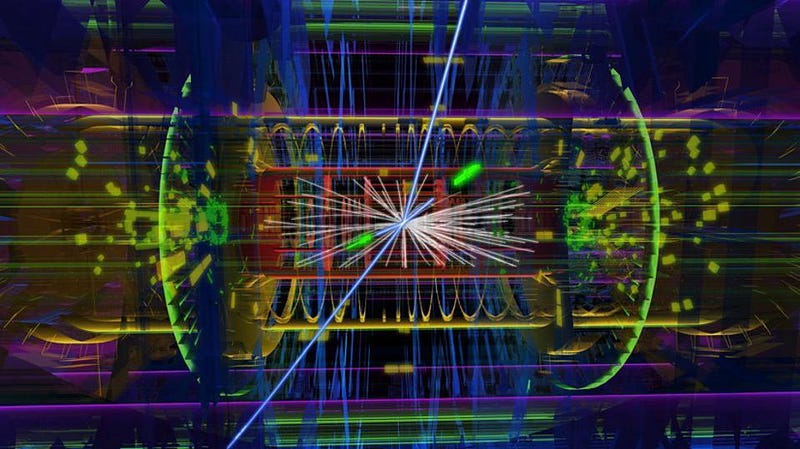
At the Large Hadron Collider, collisions between protons and protons have up to 14,000 GeV of energy available for particle creation, which is how we’ve created such great numbers of heavy, unstable particles in collisions, including the elusive Higgs boson and the even-more-massive top quark. The Large Hadron Collider also has the advantage of having a very high luminosity, which is physics-speak for a large number of particles circulating both clockwise and counterclockwise, leading to a very large collision rate right at the points where our detectors are located. Quite literally, by running this accelerator for years or even decades, we can build up billions upon billions of collisions, detecting what comes out and investigating beyond the prior frontiers of physics.
In space, the highest energy cosmic rays — if we do the calculations to find out how much energy is available for particle creation — do a little bit better: they can get up to around ~400,000 GeV of available energy. The problem is that if we built a detector comparable to the CMS or ATLAS detector at the Large Hadron Collider, we’d only get around one such event occurring at the collision point every few millennia, which is fairly useless. Although the actual energy of these cosmic rays are tremendous, the “useful” energy available, for creating particles and the like, is too small to be significant for the frequent particles, and too infrequent to be significant for the most energetic particles.

Nevertheless, the truth is we do put particle detectors in space, with the most sophisticated one being the Alpha Magnetic Spectrometer (AMS02) aboard the International Space Station, which provided us with our greatest measurement of the cosmic ray positron spectrum. Identifying the origin of cosmic rays — including the most energetic ones, which supposedly give rise to antimatter cosmic rays — remains an ongoing problem, as we still don’t know how much of them are created from pulsars, from black holes, from extragalactic sources, and, if any excess remains, what exotic things might be responsible for it? It’s even possible that some of our cosmic rays originate from decaying or annihilating dark matter.
Unfortunately, however, the inability to control the direction of motion of cosmic rays or their collision points means that any collisions that do occur will do so at random. If it were possible, with a non-negligible frequency, to get cosmic rays traveling with very large momenta in opposite directions to collide, we’d be able to push far past the current limits of terrestrial colliders. At present, though, there are no good ideas for bringing that possibility to fruition.
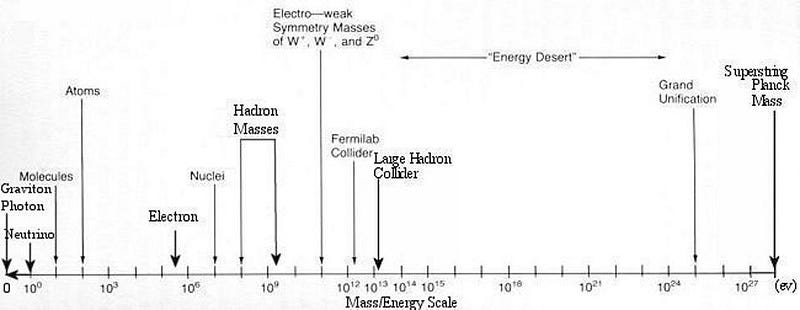
Cosmic rays are there, colliding with everything they encounter all the time. If we can figure out how to control their directions and their collision points — a tall order, but not an impossible one — we might someday find ourselves probing millions of times beyond today’s present frontiers.
Send in your Ask Ethan questions to startswithabang at gmail dot com!
Starts With A Bang is written by Ethan Siegel, Ph.D., author of Beyond The Galaxy, and Treknology: The Science of Star Trek from Tricorders to Warp Drive.





